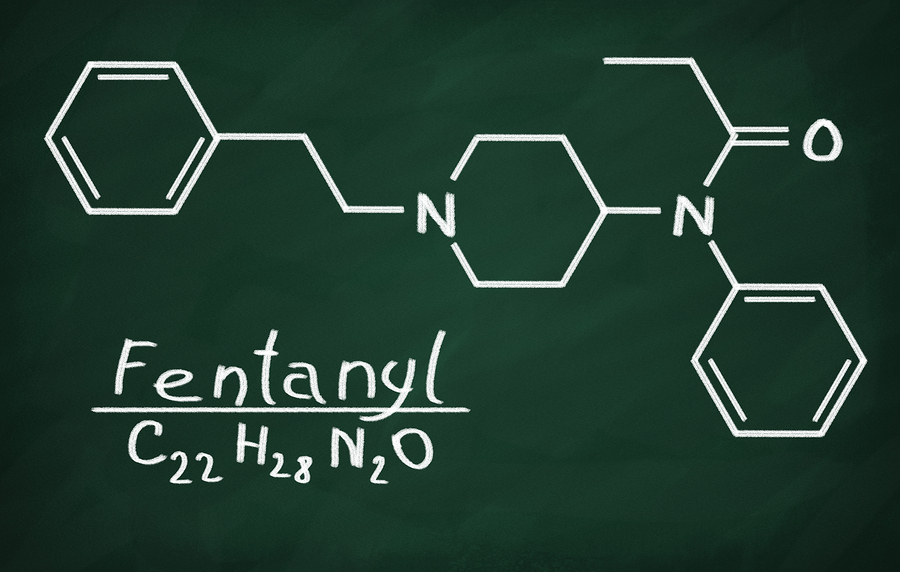
Even though some people may feel that they are strong enough to quit an addiction on their own, they may not realize how ineffective and truly dangerous that choice can be. When it comes to quitting a severe addiction, there are many important reasons why a professional detox center is necessary. For the sake of safety, well-being and happiness it is crucial for people in recovery to go through detox in a licensed facility.
It may seem like a the right choice to stay home while you are quitting but choosing professional drug detox may actually save your life. Here are some of the key reasons you should attend a drug detox center for an addiction.
1. Withdrawal Can be Severe and Dangerous
People who engage in very heavy substance abuse are likely to have some very intense and painful withdrawal symptoms. It is important to have medical staff available in case there are any complications that occur through the process of detox. People can experience symptoms as severe as seizures and hallucinations and some may have mood swings so intense that they become suicidal.
Experiencing those kinds of symptoms without any assistance can be dangerous and even fatal in some cases. Withdrawal seizures can cause severe physical damage including damage to the heart and kidney. Other withdrawal symptoms can cause people to become severely dehydrated, have panic attacks, an increased heart rate or even breathing problems.
With medical staff available to constantly monitor your progress and make sure there are no complications you can ensure that your detox does not harm your physical health permanently.
2. Cravings are Hard to Fight Alone
In a detox center you will have no access to any of the substances you were addicted to or anything else that could pose a threat to your abstinence. At home there is a much greater danger of giving in to cravings and not being able to resist the possibility of calling a dealer or just going to a bar. People often don’t realize how intense and complicated their physical and mental cravings can be until they are faced with them during detox.
3. Relapse Can be Fatal
One of the most serious dangers with detoxing on your own is the fact that you can easily give in to your cravings and end up relapsing with a much lower tolerance. People that get off a drug for a few days or even a week will not realize how much they have lowered their tolerance by being abstinent for that period of time. If they end up relapsing and doing the same amount of drugs that they are accustomed to then they can quickly overdose.
People attending a detox center are much less likely to relapse and face this danger because they often follow up their withdrawal period by entering a rehab program. They will be in an environment where they have the support they need not to relapse and can remain safe as they adjust to living sober.
4. Professional Detox is Less Stressful
Aside from issues of safety and maintaining sobriety, the experience of detoxing as a whole is much more comfortable in a detox center. Trying to get through withdrawal alone is very stressful, painful and a lot more hard work. In a detox treatment center you will have people caring for you, easing your discomfort and providing you with what you need to get through it.
5. You Need Community and Support to Maintain Sobriety
One of the main reasons people relapse is because they are too isolated and don’t have access to the therapy and education they need to learn how to live sober. Going to a detox center will give you a chance to be surrounded by other people who support you and want to help you quit. Detoxing alone means that you won’t have anyone around to talk to in times of stress and no one to relate to about your experience.
In a detox center followed by rehab you will have educational tools, a built in community and close connections with others that make it easier to fight cravings and prevent relapse.
6. Handling Daily Life in Recovery can be Challenging
If you detox alone you will have to be responsible for dealing with your own withdrawal symptoms and obtaining your own necessities. Handling the daily tasks of life is much more stressful when you are going through withdrawal and trying to quit an addiction. Having staff members in a detox center take care of daily necessities and provide food and medication can make the whole process of withdrawal much easier.
Detoxing from an addiction is already a very difficult experience. Attending a professional drug detox can make it easier and less stressful while also guaranteeing your safety and success.
The post 6 Reasons You Need a Professional Drug Detox appeared first on The Gooden Center.
source https://www.goodencenter.org/6-reasons-need-professional-drug-detox/















 When someone in the family has an addiction, the mental health of everyone living with them is likely to suffer. For children of alcoholics, this can mean developing issues with depression, anxiety or having behavioral problems. Kids who grow up with an addict tend to struggle more with relationships and normal functioning as they become an adult.
When someone in the family has an addiction, the mental health of everyone living with them is likely to suffer. For children of alcoholics, this can mean developing issues with depression, anxiety or having behavioral problems. Kids who grow up with an addict tend to struggle more with relationships and normal functioning as they become an adult.